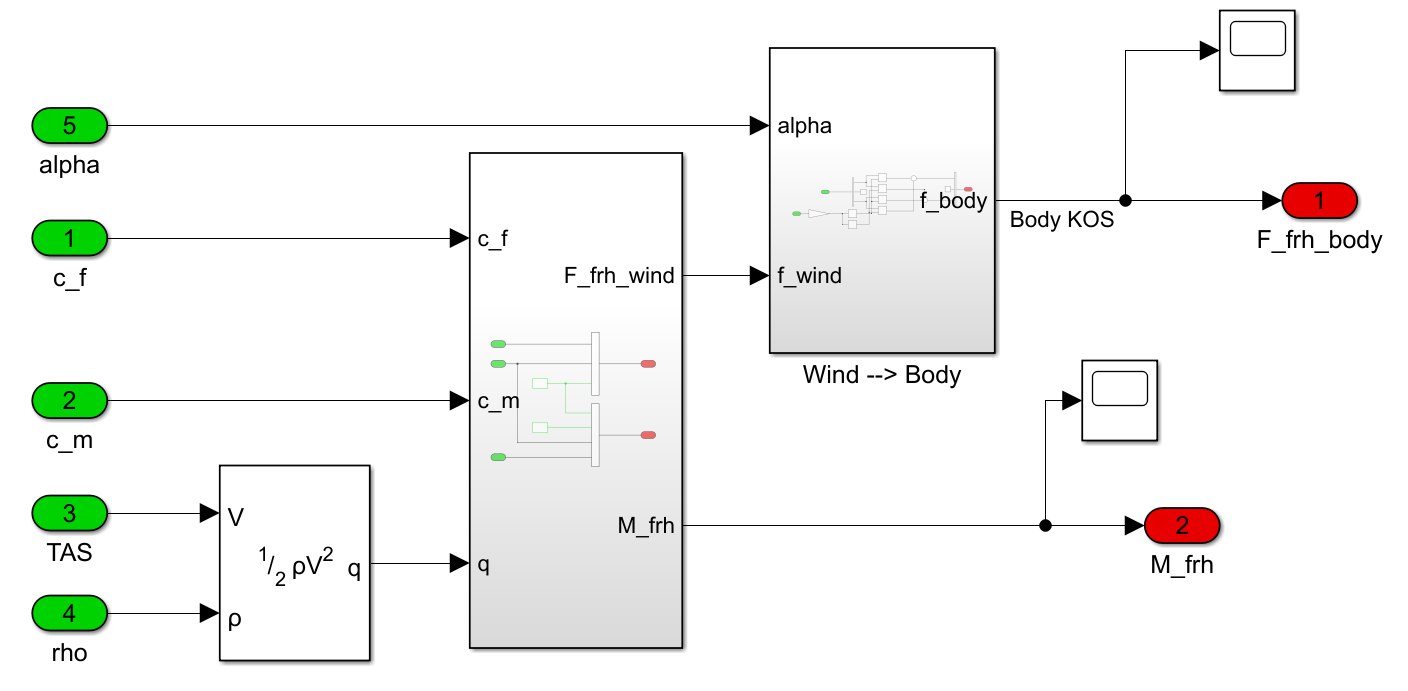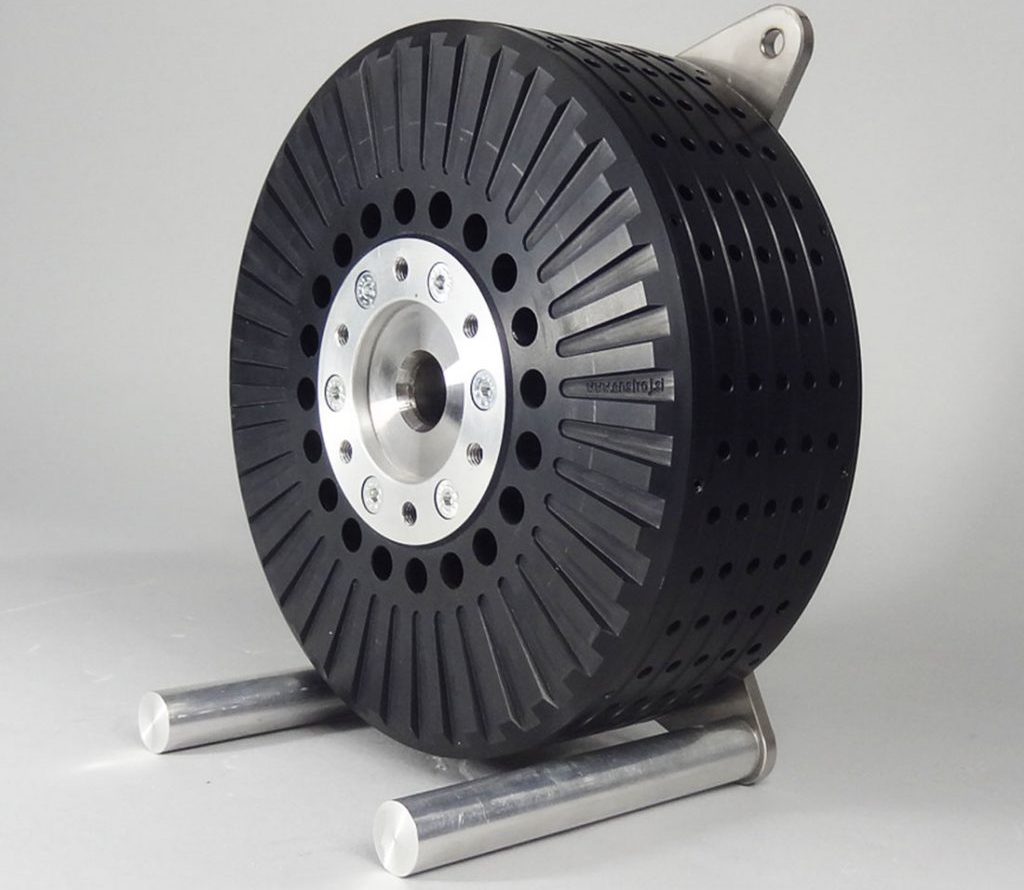The overall propulsion design depends significantly on the performance requirements resulting from the planned flight profile.


The system architecture of the FVA-30 is a continuous evolution driven by the requirements of the various components of the aircraft. Important for the design is not only the electrical powertrain, but also mechanical assemblies such as the trim, avionics and lighting of the aircraft.

To prepare the engine runs for the EMRAX 228 HV used, we followed the certification regulations of JAR 22 (Section H Subsection Test Bench Runs) and then made a proposal to the LBA (German FAA) for our approach to the engine runs.

After working out a comprehensive selection of cooling concepts, the choice fell on a conventional concept based on a finned radiator typical of the automotive industry.

A particular challenge in the development of our battery pack is the design of a fail-safe thermal management system that can mitigate temperature rise during start & climb and prevent undercooling during 4-5 h of range-extender-powered cruise flight at up to 3000 m, where batteries need to be recharged and remain operable, e.g. for a go-around.

In preparation for the final construction of battery pack and housing, we ran first experiments concerning fire protection in the unlikely case of a thermal runaway.

After completing the first fully-functional battery module in June 2019, we could finally run different test scenarios to evaluate our preliminary design.

Exactly on time, it was ready for presentation at our workshop celebration in June: After long days and numerous nights of hard work, we were able to complete our first fully functional test battery after the preliminary battery design for the FVA-30 had been completed at the beginning of the year.